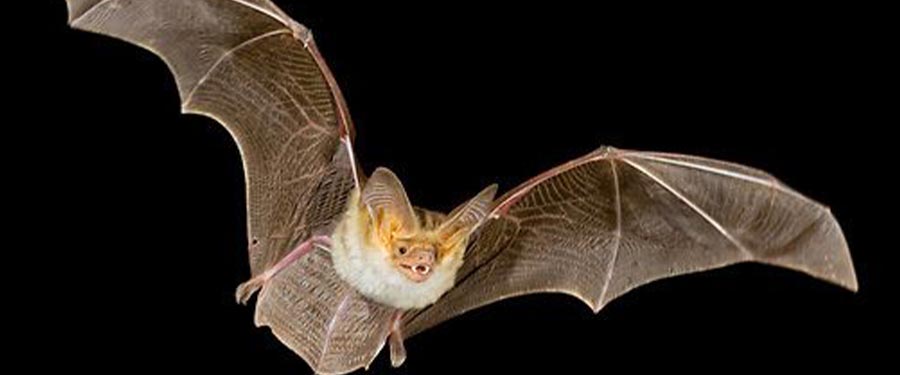DNA Sequencing to Survey Ecosystems

The Mekong river is located in Southeast Asia. With an estimated length of 4,350km, it flows from the Tibetan Plateau through China’s Yunnan province, Myanmar, Laos, Thailand, Cambodia and Vietnam, on its way to the South China sea. The Mekong basin is one of the richest areas of biodiversity in the world, second only to […]
Could the Revolution of New DNA Sequencing and Editing Technologies Bring Species Back from Extinction?

Rapid developments in genetic technologies including next-generation DNA sequencing and CRISPR, may make it possible for scientists to bring some extinct species back to life (de-extinction). A meeting held at the International Centre for Life in Newcastle (UK) in June 2015 brought together twenty-two scientists and other interested parties to discuss the possibility that the […]
The Tall Story of the Giraffe Genome

The giraffe is a unique animal. It has evolved to have a long neck and long legs, making it the tallest terrestrial animal alive today. To cope with this unique anatomy, the giraffe has also developed unique cardiovascular, musculoskeletal and nervous systems. In order to be able to pump blood vertically from its heart to […]
The Fight to Save Our Ash Trees

We have 157,000 hectares of ash woodland in the UK, together with approximately 12 million ash trees outside the woodlands in gardens, parklands and along roadsides. These ash trees are associated with and support 1,000 different species, including 12 species of bird, 55 species of mammals and 239 species of invertebrates. But ash trees are […]
Kakapo 125: Sequencing the Genomes of an Entire Species

New Zealand has been separate from other land masses for approximately 80 million years. This geographic isolation has allowed for millions of years of natural selection, largely in the absence of predatory mammals. The result has been the evolution of some of the worlds most unique and unusual species. The Kakapo is one of these […]
Bats: Friend or Foe?

Bats often suffer from a negative public image, condemned as flying vermin and carriers of disease but they are critical elements of all terrestrial biotic communities. They help control insects, reseed cut forests and pollinate plants that provide food for humans and other species. Their guano (excrement) is also used as a fertiliser and for […]
The Cheetah: One of Nature’s Great Survivors

The African cheetah (Acinonyx jubatus) is the world’s fastest land mammal. It has numerous physiological adaptations that allow it to reach speeds over 100 km/hr including elongated legs, slim aerodynamic skull, enlarged adrenal glands, liver and heart, and semi-retractable claws that grip the earth. Modern cheetahs range across eastern and southern Africa, with a small […]
Grey Squirrel Invasion Given A Helping Hand By Humans

Native to the eastern half of North America, grey squirrels were first introduced to Britain in the 1870s and are now widely distributed across the UK. It was originally thought that their ability to cope with new landscapes allowed this rapid spread and by interbreeding with different grey squirrel populations a ‘supersquirrel’ evolved which was […]
